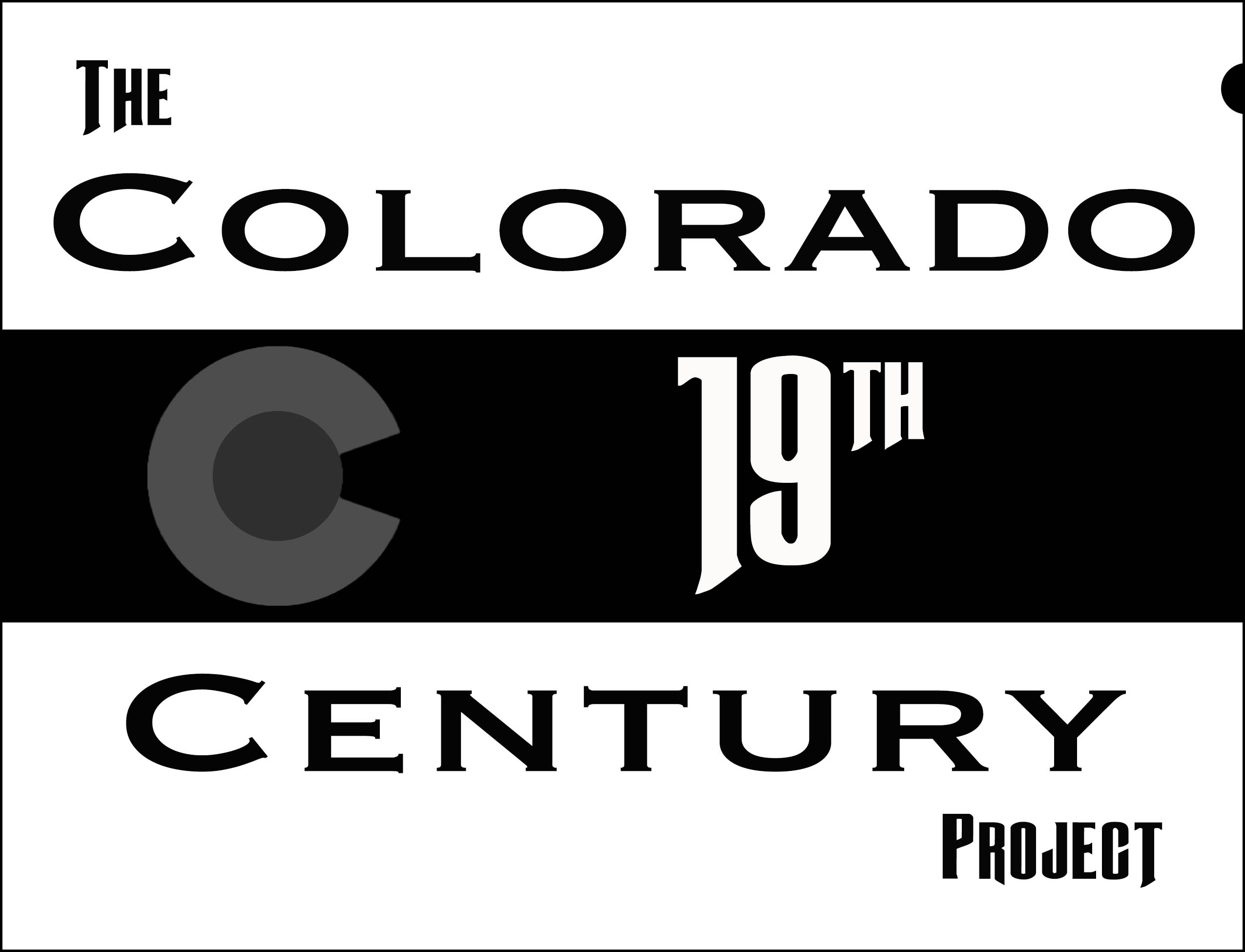Wet Plate Collodion Process
Invented in 1851 by Frederick Scott Archer, the wet plate collodion process followed the earlier Daguerreotype and Calotype processes that gave birth to photography in 1839. The wet collodion process provided photographers of the mid-1850s an opportunity to achieve faster exposures times. To use this process, a photographer must have a nearby, or mobile, darkroom as the process from coating a plate, to exposure, then development all must take place before the plate dries, thus “wet” collodion.
Initially a photographer coats a thin piece of metal or glass with the collodion mixture which is a viscus-like substance made from a combination of plain collodion, grain alcohol, ethyl ether, cadmium bromide and ammonium iodide. Once the plate is evenly coated, and sets up just a few seconds, it is submerged into a silver nitrate bath which sensitizes the plate to light. After this four minute bath, the plate is loaded and the photographer makes their shot. Then the plate is quickly unloaded, and developed with a mixture of ferrous sulfate, distilled water, grain alcohol and glacial acetic acid. After development, the plate is rinsed and dipped into a bath of potassium cyanide for fixing. A final wash and a traditional varnish made up of grain alcohol, lavender oil and gum sandarac complete the process. A varnished plate will outlast all of us. The wet collodion process can be used to make glass negatives which are then contact printed using processes such as albumen or modern silver gelatin papers, or it can be used to make a unique positive plate on black glass or metal, as exhibited here in the Colorado19Century Project.
